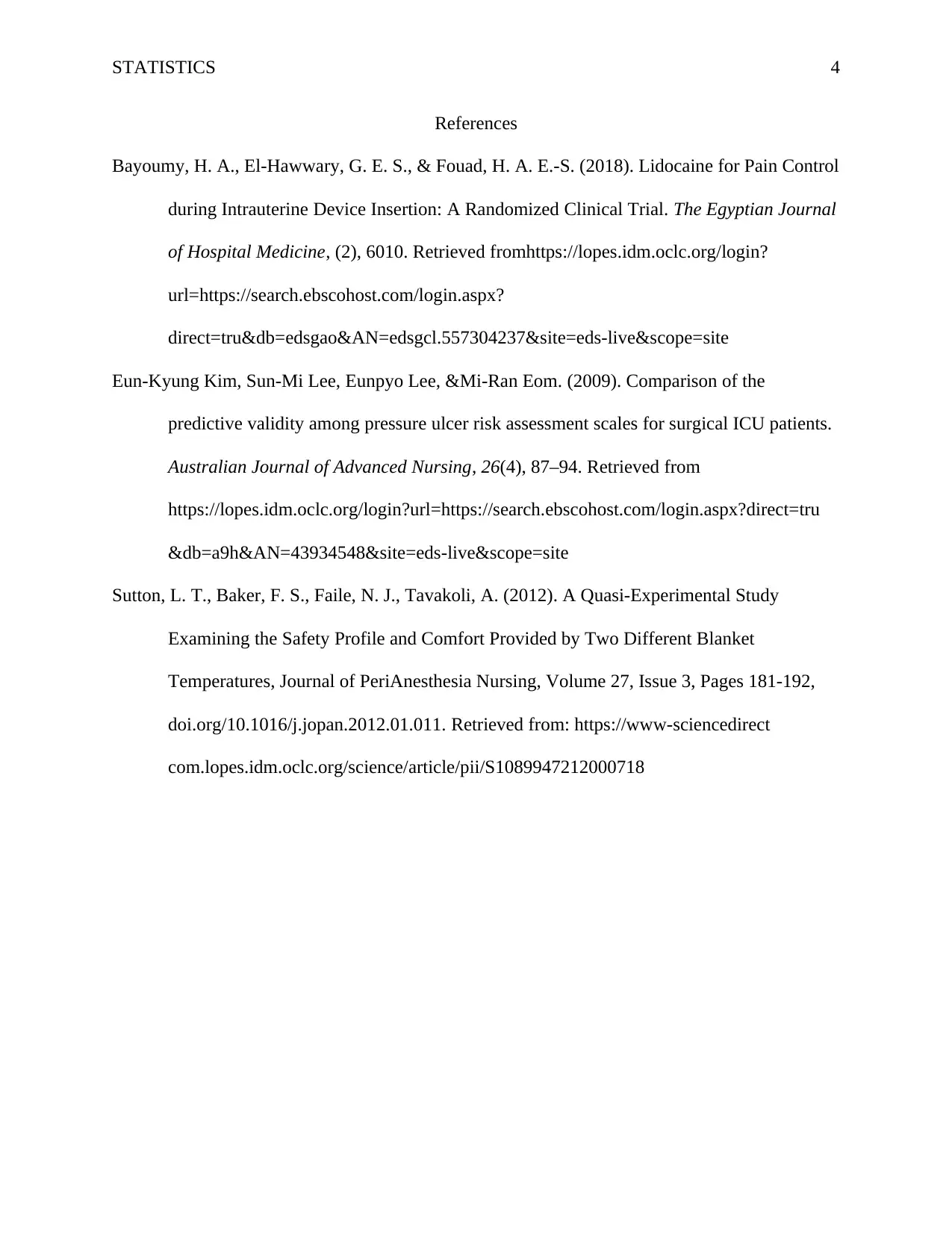Analyzing Research Designs: Experimental, Quasi, and Non-Experimental
VerifiedAdded on 2023/03/17
|4
|496
|68
Essay
AI Summary
This essay elucidates the distinctions between experimental, quasi-experimental, and non-experimental research designs within the context of healthcare. It presents three distinct research articles as examples: an experimental study employing a randomized clinical trial to assess the efficacy of different Lidocaine applications for intrauterine device insertion, a quasi-experimental study examining the impact of blanket temperatures on patient comfort, and a non-experimental study comparing pressure ulcer risk scales in a Korean hospital using a correlational design. The essay further discusses the purpose and effectiveness of each research design, highlighting that experimental designs evaluate treatments and interventions with random group selection, quasi-experimental designs determine causal relationships between treatment and comparison groups, and non-experimental designs explore relationships between variables through correlational studies. The essay concludes by referencing the research articles used as examples.
1 out of 4





![[object Object]](/_next/static/media/star-bottom.7253800d.svg)